The Best Ski Bibs

Bibs Built By Colorado Skiers
If you're looking for the best ski bib for all-mountain freeride, look no further than our Rove pant: an affordable shell built with tough fabrics, waterproof zippers, and a relaxed fit.
- Versatile
As a 20k shell, this bib is highly weather resistant, keeps moisture out, and is very adaptable to changing winter conditions making it perfect for all-season use. - Built to last:
Constructed with tough Ripstop & Cordura fabrics that prevent and deflect damage caused by ski edges, tree branches, and more. High-stress seams are reinforced with bar tacks - a stitch that strengthens weak points. - By skiers for skiers:
We are skiers. Been exploring the Rockies for over 30 years. We make gear that we like and hope you do too.
Rove Men's Ski Bibs
-
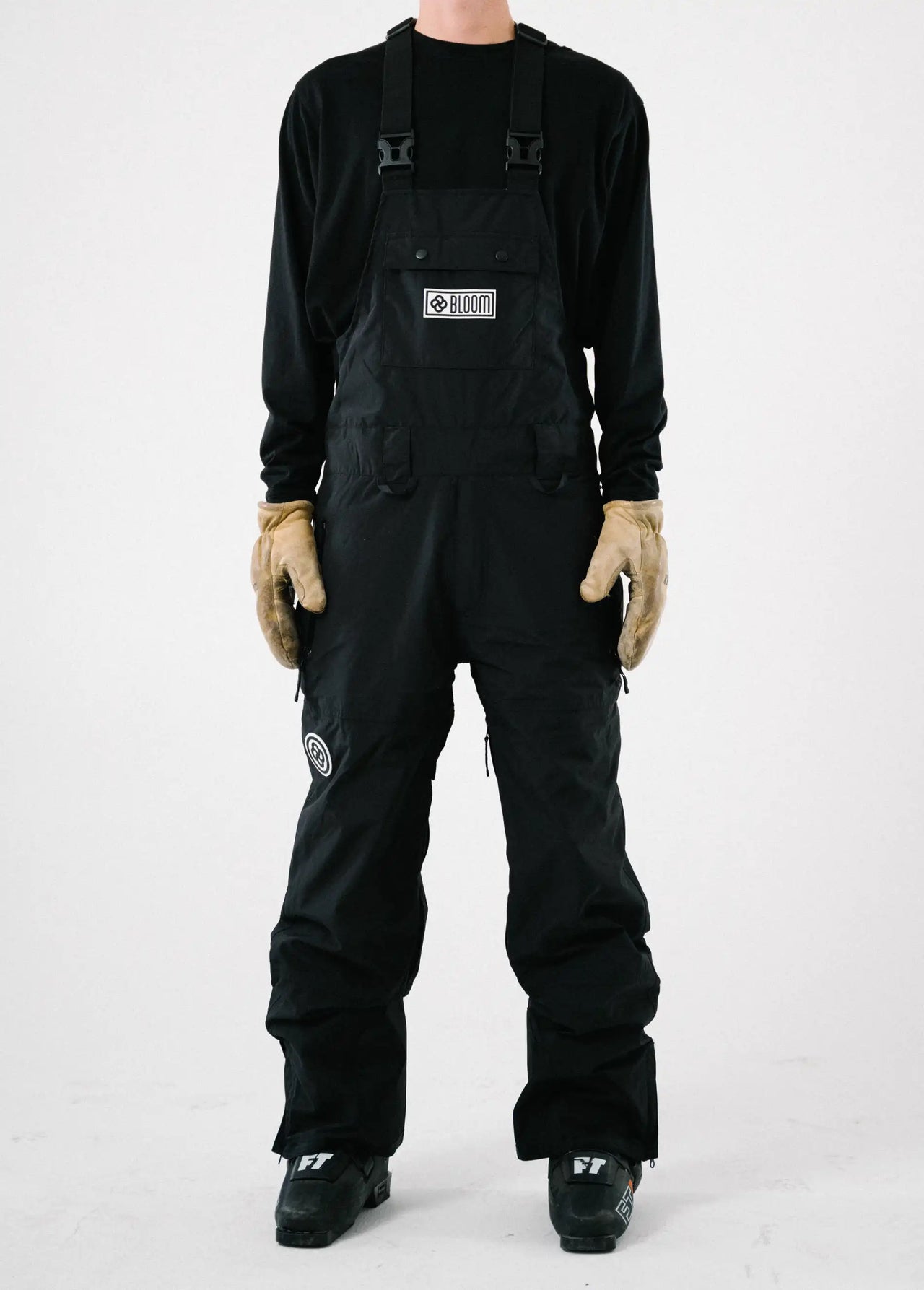 Rove Ski Bib - Black$399.99$399.99
Rove Ski Bib - Black$399.99$399.99 -
 Rove Ski Bib - Green$399.99$399.99
Rove Ski Bib - Green$399.99$399.99 -
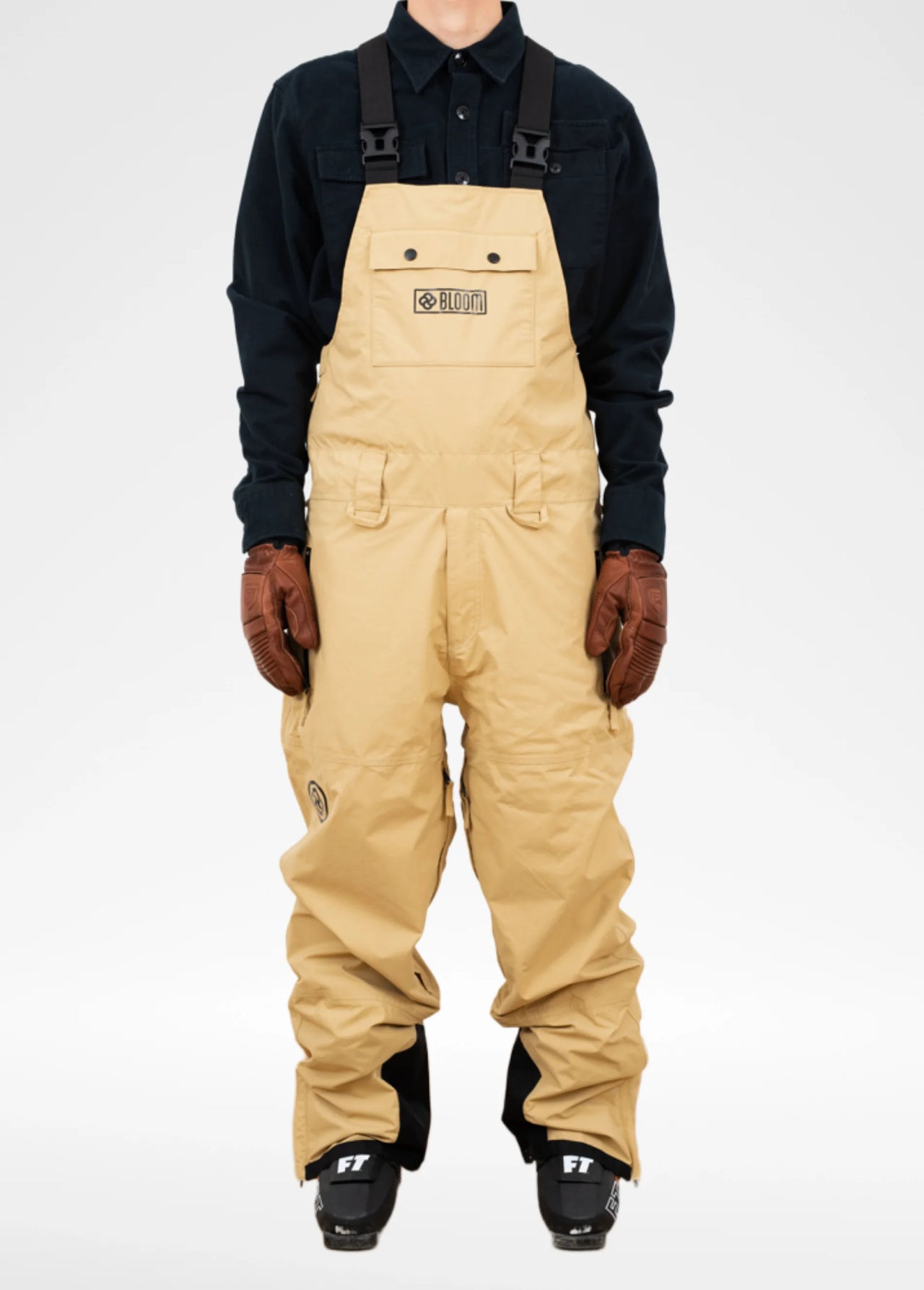 Rove Ski Bib - Tan$399.99$399.99
Rove Ski Bib - Tan$399.99$399.99
Free Shipping
Free 3-6 day shipping worldwide.
Delivered duty free.
Risk Free
Free exchanges, returns, and 100% money back.
Bib Features
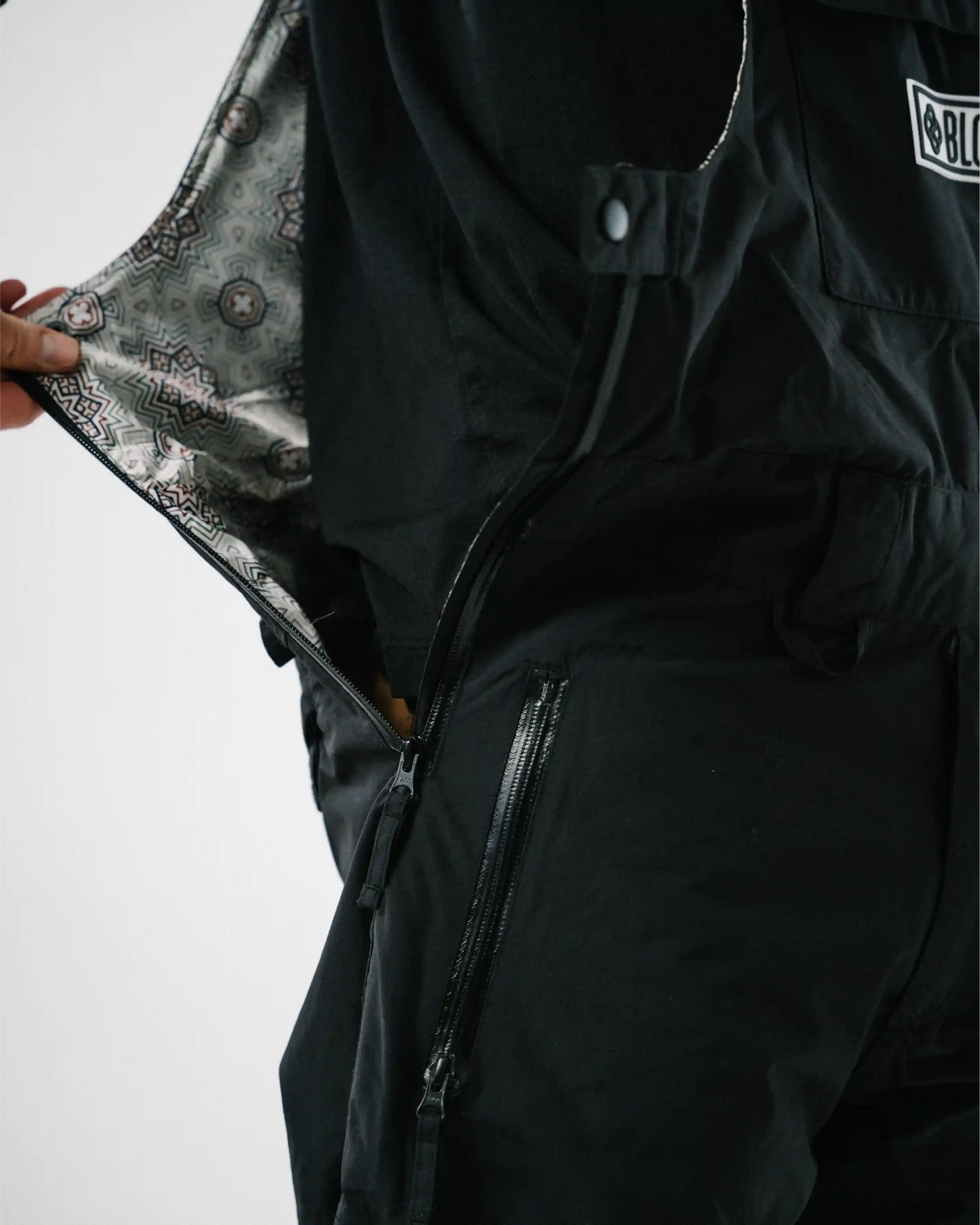
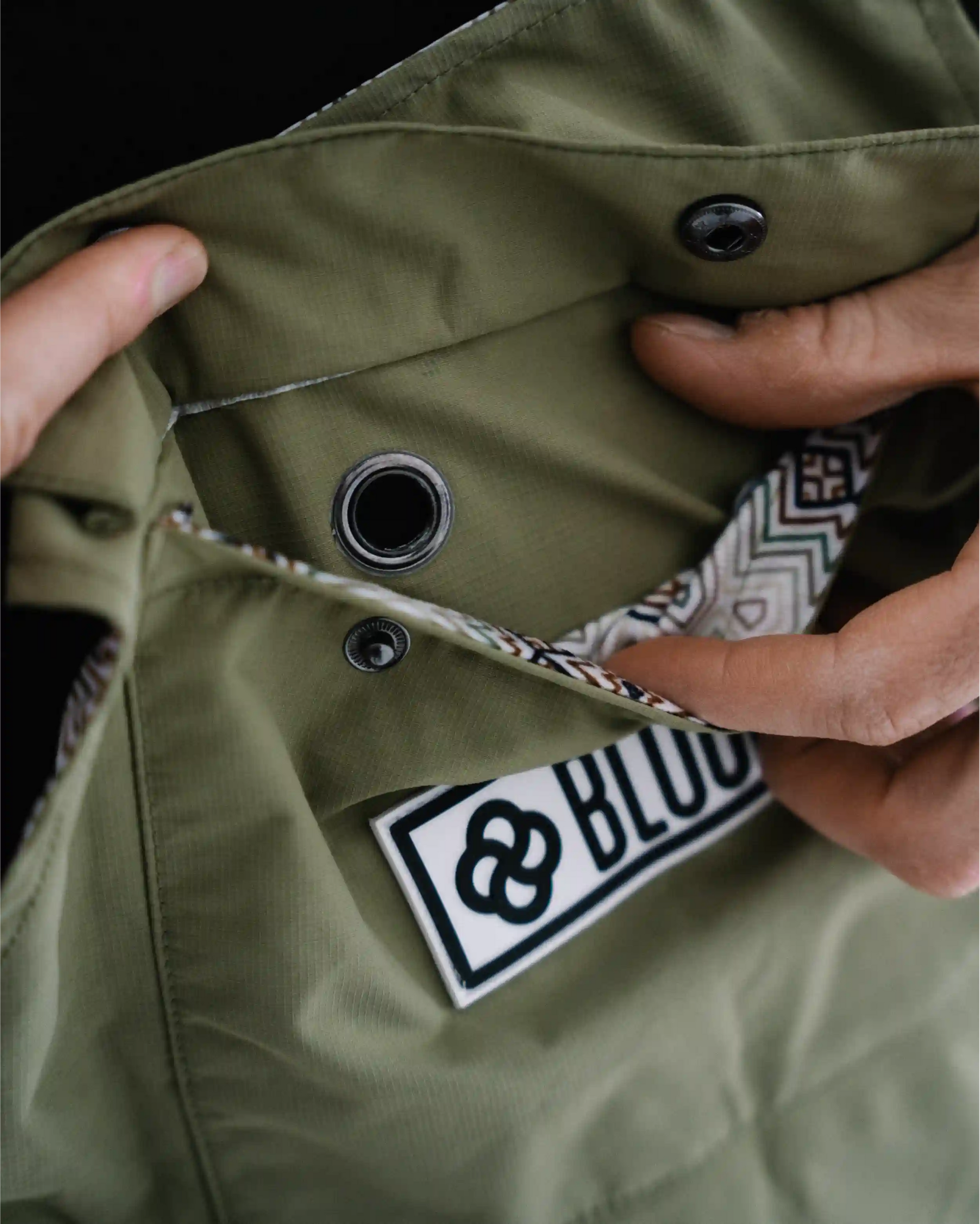
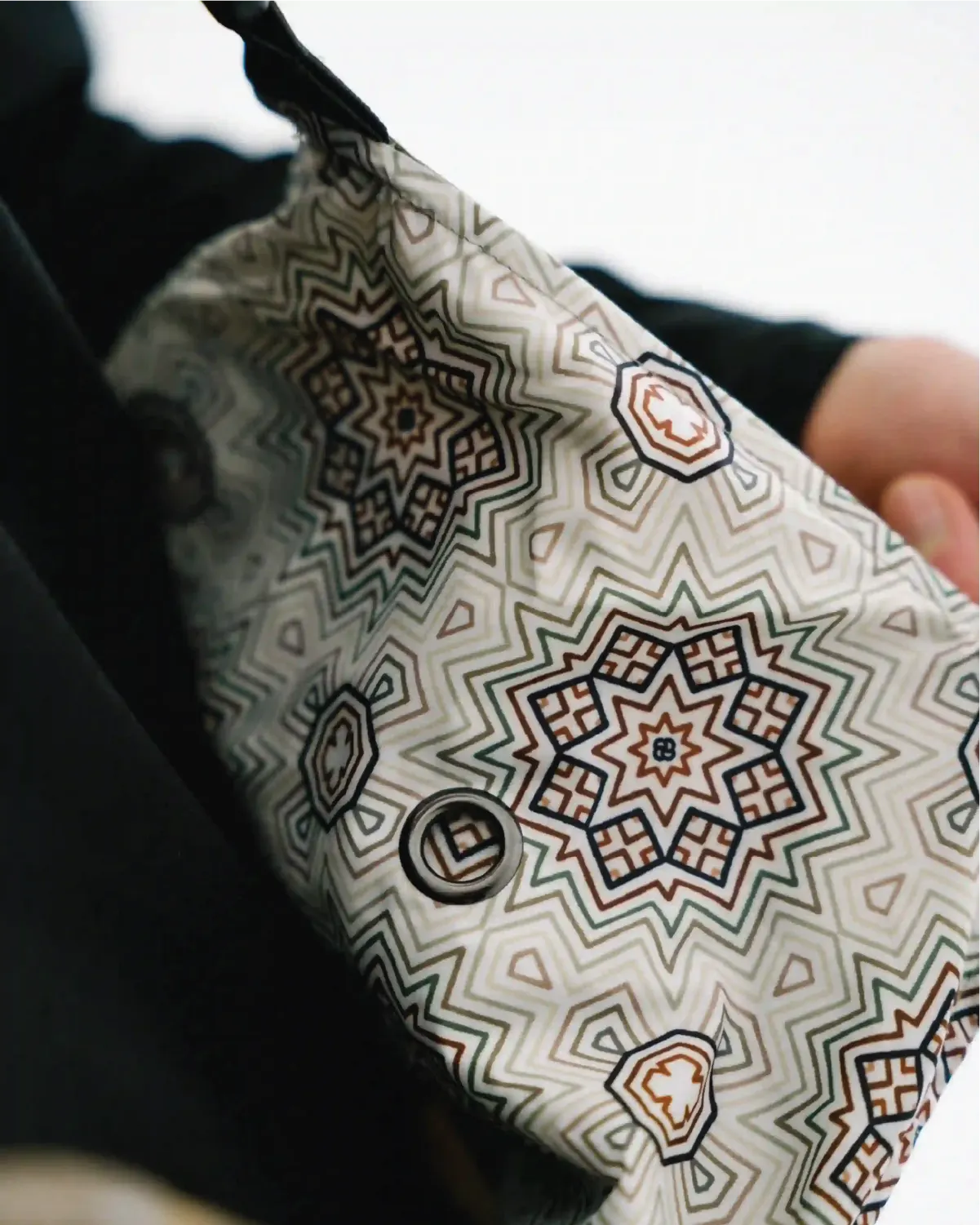
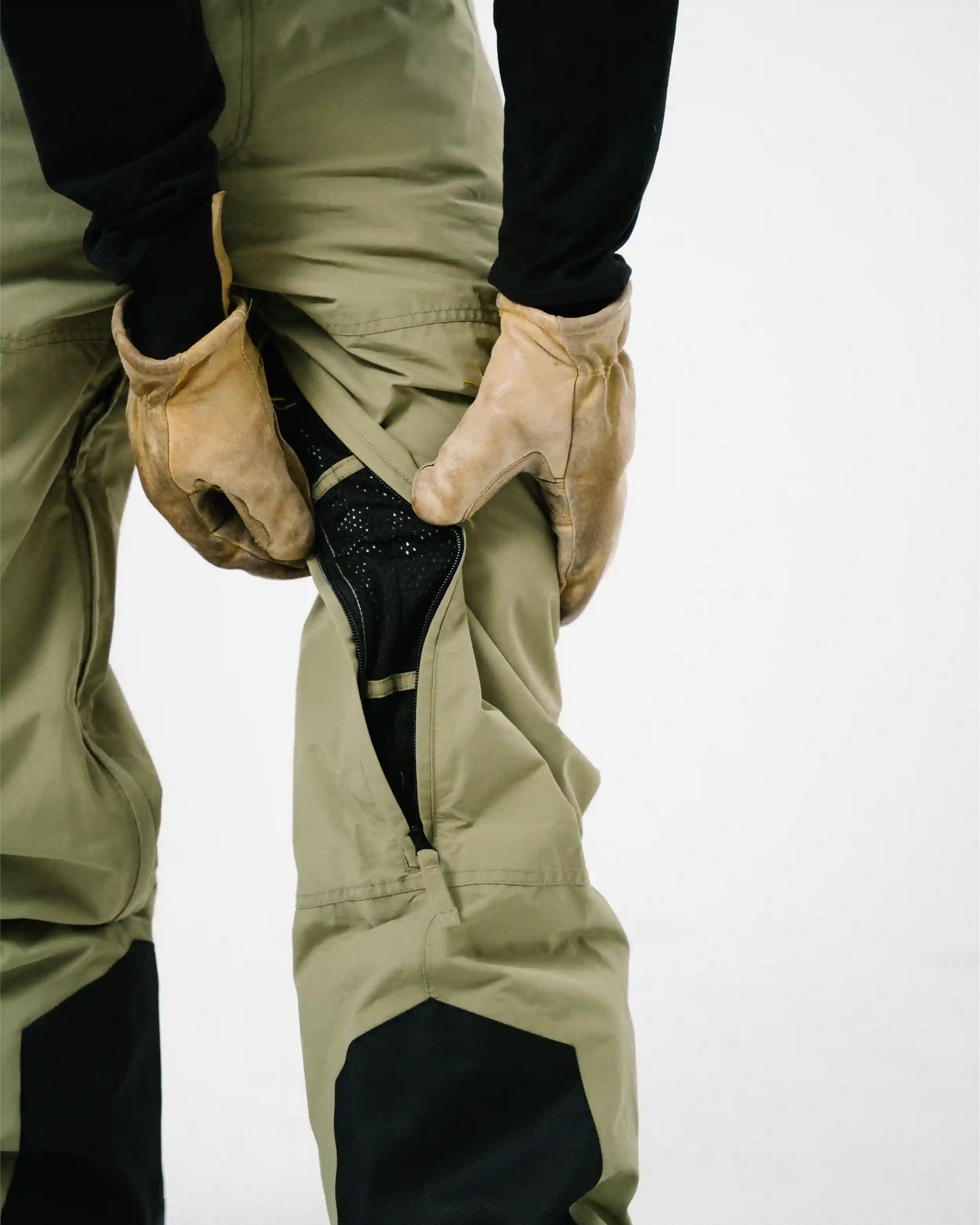
Ski Bib And Pant FAQs
What is a ski bib?
A bib is a style of ski pant designed like overalls, featuring paneling that extends above the waistline and up the torso. Compared to standard ski pants, bibs offer extra coverage and protection while skiing or snowboarding. Essentially, they function as waterproof, windproof, and breathable overalls tailored for winter slopes.
How Should Ski Bibs Fit?
When choosing ski bibs, always leave some wiggle room. Bibs that are too tight can restrict movement and limit layering on cold days.
We recommend sizing up from your normal specs. For example, I typically wear a size 32 waist in my day-to-day pants but opt for a size 40 waist in our men's ski bibs. This comfortably allows room for base layers without being too baggy and enables freer movement on the slopes.
A slightly longer inseam compared to what you normally wear is also desirable, as it provides more coverage for your ski or snowboard boots. The extra length, combined with boot gaiters, helps prevent snow from getting into your pant legs.
Ski Pants Or Bibs?
When it comes to choosing between ski pants and bibs, we have always favored bibs for several reasons:
- Bibs are more comfortable
Ski bibs eliminate the need for a belt and feature a wider cut through the hips and torso, enabling a greater range of motion. Skiing or snowboarding in bibs is easier and feels freer. - Bibs keep snow out
Snow gets into regular ski pants pretty easily, especially on powder days, leaving your underlayers wet, cold, and uncomfortable. With the additional paneling & protection on bibs, you stay dry. - Bibs are warmer
Bibs provide greater heat retention due to the extra coverage provided by their chest panels. A roomier fit through the hips & torso makes it easy to tuck in base layers for added warmth.
What Should I Wear Underneath My Ski Bibs?
During the depths of winter, smart layering is crucial for warmth, comfort, and protection from the elements. Here is our recommended set-up:
- Baselayer:
Choose a moisture-wicking fabric that dries quickly, such as polypropylene or merino wool. - Midlayer:
Opt for an insulated and breathable midlayer that traps in heat, but allows moisture to escape. We recommend fleece: it's lightweight, breathable, dries quickly, and wicks moisture. While down offers exceptional warmth, it loses its thermal properties when wet. - Hardshell:
For your outer layer, we recommend a lightweight hardshell pant, such as our Rove Ski Bib, which is windproof, waterproof, and exceptionally breathable, ensuring your base layers stay dry.
Keep in mind:
You can regulate your warmth by adding or shedding a layer. A shell pant will always be more versatile than an insulated pant since insulation hampers breathability.
Hot Laps:
When temps rise, shed your layers to cool down. In conditions over 40°F, a non-insulated pant and a pair of breathable athletic shorts or pants is often enough. The priority is breathability and airflow to prevent overheating. Our Rove Bib, equipped with ventilation, is ideal for warmer days.
Insulated or Shell Pant?
It ultimately depends on personal preference. Nonetheless, I will share my opinion:
I strongly remember many soggy car rides home from Vail as a child, caused by sweating in insulated, less breathable outerwear. The discomfort of being wet & sedentary in the back of my parents' Ford Explorer is seared into my memory forever.
As a result of experiences like that and many more, I will always prefer the versatility and airiness of a shell over the boggier feel of an insulated pant. As noted in our fabric guide, insulated garments are universally less breathable than shells.
Shells provide outstanding protection in the cold when paired with smart layering and are also ideal for the warmer months of the ski season due to their lightweight, breathable construction.



